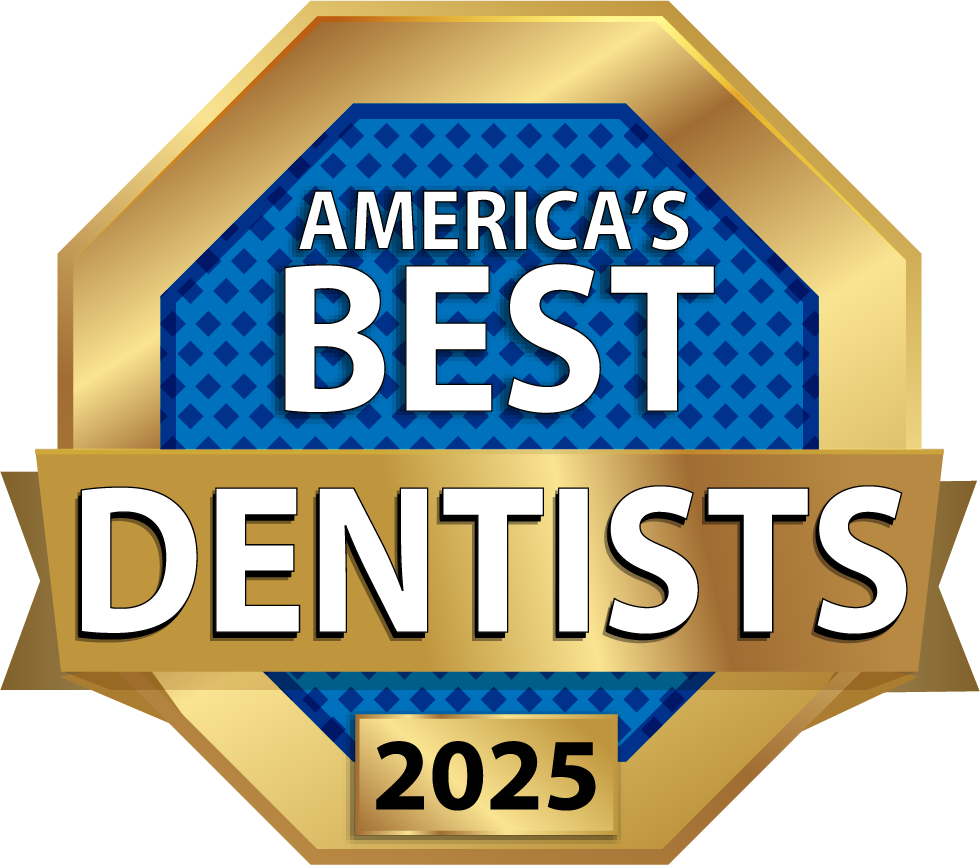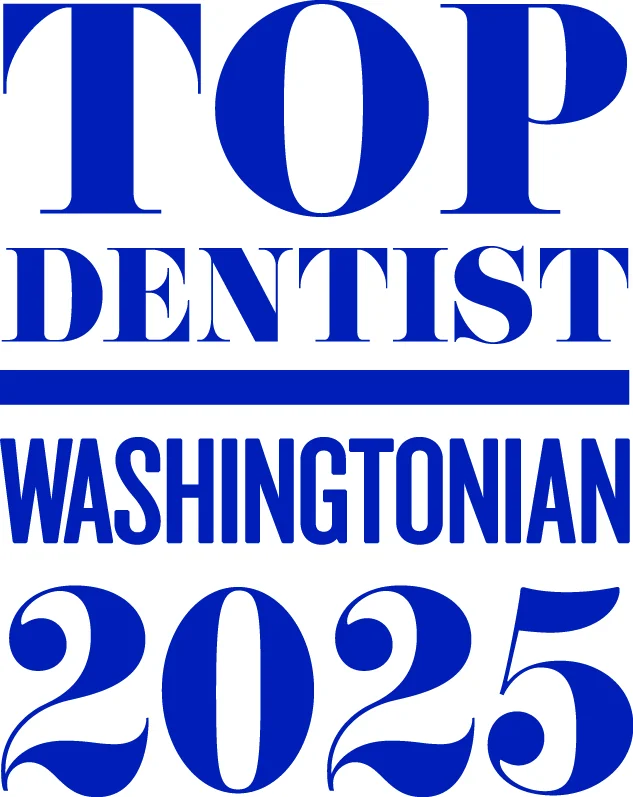Early Cavity Detection
We’re committed to using the latest technology to ensure you get the best care. That’s why we use an early detection tool that uses a laser to locate hidden decay in the cracks & crevices of your teeth before it is otherwise detectable.
Many dental problems don’t cause any pain in the earliest stages. This is especially true of cavities (called caries by dentists) & tooth decay. That’s one of the reasons it is particularly important to come to the dentist for your regular checkups & cleanings. Dentists & dental hygienists are trained to spot the earliest signs of tooth decay, often in places that the patient can’t easily see.
The very earliest stages of a cavity are pretty much impossible to see, even for a dental professional with a trained eye. When a cavity starts it’s actually a microscopic hole in the very outer layers of your tooth. To make up for this, we use the latest technology to make trouble spots easier to identify. Early cavity detection uses a laser light to illuminate your tooth. Unlike higher-powered dental lasers that take the place of scalpels or drills, the cavity-detecting laser is very low-powered & will not cause any discomfort at all. There is no heat, discomfort or pain associated with early cavity detection.
Why Is Early Cavity Detection Important?
In addition to our eyes, the other essential tool to spotting cavities is one of the oldest dental technologies: x-rays. An x-ray of your tooth can help spot cavities in the tight spaces between your teeth. However, a cavity has to be pretty bad already for us to spot it with x-rays or a visual examination. And of course, the earlier a cavity is spotted, the sooner we can take care of it to prevent future decay & protect your tooth.
Treatments for removing tooth decay at the very early stages of a cavity are much less invasive (& less costly) than repairing cavities that are caught later on. Early cavity detection can mean less damage, less pain & less hassle down the road. While preventing decay is always the primary goal, we understand that not everyone has perfect oral health all the time, so early detection & treatment are essential tools for preserving your beautiful smile!
How Cavities are Detected
While they may look opaque at a glance, your teeth are actually made from semi-translucent materials. The hard, shiny outside layer is called enamel & the softer, yellower inside material is called dentin. Both materials allow some light to pass through them, though dentin is a bit more opaque than enamel. Cavities start on the enamel & can eventually eat through it & the dentin beneath, exposing your tooth root to decay. Early cavity detection is all about preventing this.
When we shine a low-powered laser light at your teeth, damaged parts of your enamel (i.e. cavities) will illuminate differently. Technology built into the tool measures the fluorescence of your tooth–in other words, how much light it reflects or absorbs. As the laser tool is moved along the grooves of your teeth, a computer program creates a readout that lets the dentist know when there’s a significant change in fluorescence that may indicate the presence of decay. The dentist can then take a closer look at that area & decide on a plan for treatment.
Family Safety Comes First
We maintain the highest standards of sterilization & patient safety in order to safeguard your health.
Digital X-Rays Are Safer
Digital x-rays are computer-generated images that require up to 90% less radiation than conventional film-type x-rays.
Want To Improve The Look of Your Smile With Less Hassle?
Lumineers® Porcelain Veneers are the no-prep solution for your cosmetic dentistry needs!
Ready to Schedule Your Appointment?
At Hillandale Smiles, we have convenient hours that won’t make you miss work or school.
Address & Phone
We are located on Elton Road off New Hampshire Avenue, behind the Hillandale Shopping Center.
301-768-4667

Hours
- Monday: 7:30am-7:00pm
- Tuesday: 7:30am-5:00pm
- Wednesday: 7:30am-7:00pm
- Thursday: 7:30am-7:00pm
- Friday: 7:30am-5:00pm
- Monday: 7:30am-7:00pm
- Tuesday: 7:30am-5:00pm
- Wednesday: 7:30am-7:00pm
- Thursday: 7:30am-7:00pm
- Friday: 7:30am-5:00pm
About Us
At Hillandale Smiles, our team is dedicated to providing a comfortable & trusted dental experience. We know our patients have busy schedules, so we provide holistic & comprehensive children’s care, adult care, specialty care & cosmetic care all in one convenient location with your individualized needs in mind. From preventive care to smile restorations, the team at Hillandale Smiles is committed to providing the highest quality care for a lifetime of healthy smiles.

